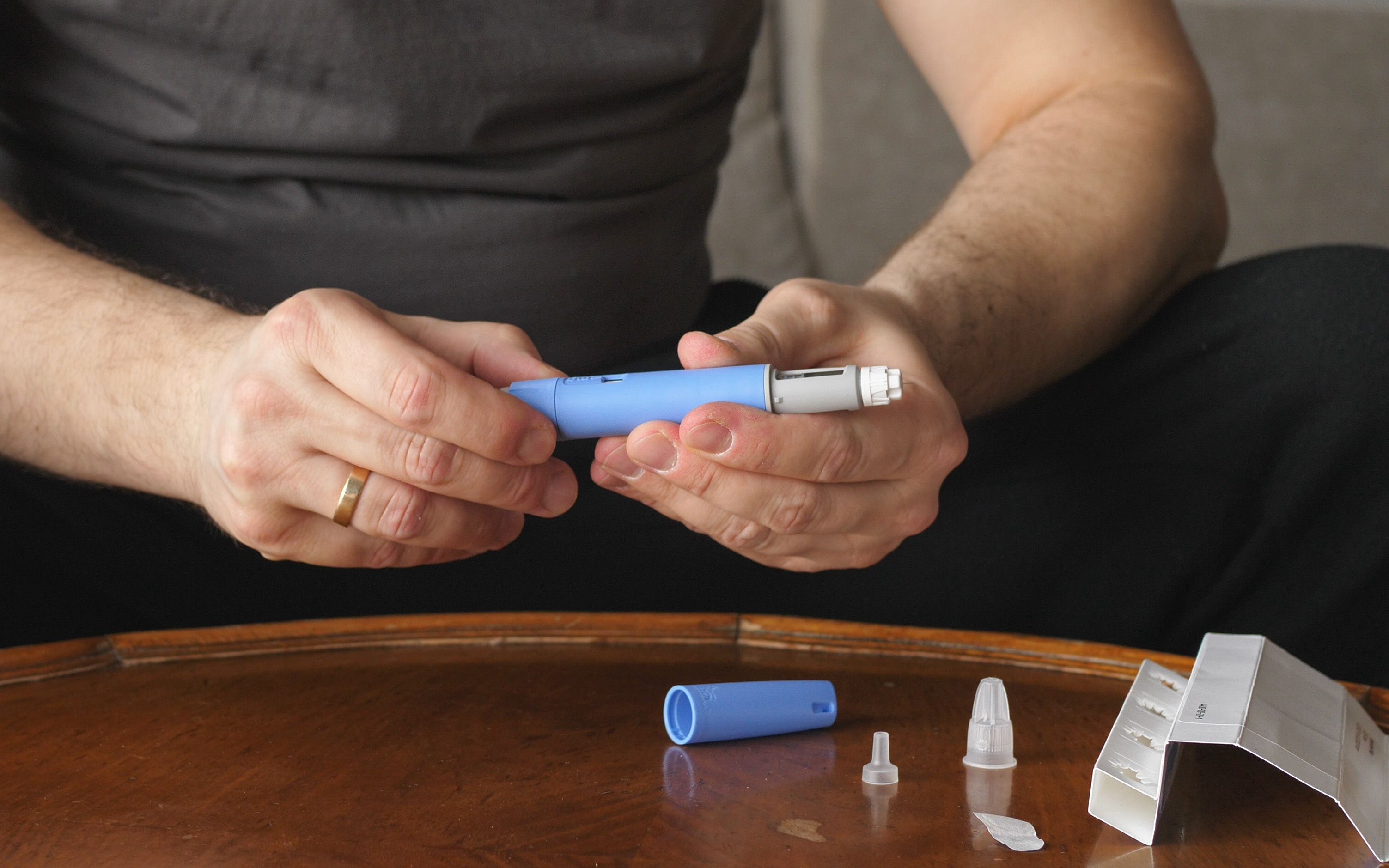- Case-Based Roundtable
- General Dermatology
- Eczema
- Chronic Hand Eczema
- Alopecia
- Aesthetics
- Vitiligo
- COVID-19
- Actinic Keratosis
- Precision Medicine and Biologics
- Rare Disease
- Wound Care
- Rosacea
- Psoriasis
- Psoriatic Arthritis
- Atopic Dermatitis
- Melasma
- NP and PA
- Skin Cancer
- Hidradenitis Suppurativa
- Drug Watch
- Pigmentary Disorders
- Acne
- Pediatric Dermatology
- Practice Management
- Prurigo Nodularis
- Buy-and-Bill
Article
Prevent, reverse structural degradation of skin
National report — Prevention of photoaging is the ultimate approach to a growing problem, yet a population persists in which more than 90 percent of actinic damage can be attributed to long-term sun exposure. The use of non-invasive methods, often preferred by patients, can reverse the obvious signs of aging.
National report - Prevention of photoaging is the ultimate approach to a growing problem, yet a population persists in which more than 90 percent of actinic damage can be attributed to long-term sun exposure. The use of non-invasive methods, often preferred by patients, can reverse the obvious signs of aging.

Retinoids
"Retinoids inhibit solar activation of enzymes that break down collagen and elastic tissue - helping to stop the formulation of wrinkles," Dr. Burke says. "Contrary to what we formerly thought, (retinoids) do inhibit the breakdown of the deeper dermal layer that is induced by the sun, thereby decreasing wrinkles."

Early retinoid therapy has been linked, almost from the onset of its use, to preventing tumor progression in cancer-prone persons. A study in the 1970s proved the combination of nightly tretinoin and twice-daily use of the chemotherapeutic agent 5-fluorouracil as an effective anticancer regimen (Br J Dermatol. 1975; 92(6): 703-706).
"The primary precaution when beginning retinoid therapy remains to be a gradual increase in application to avoid excess irritation. When starting, you should only use the retinoid every second or third day if it causes flaking," Dr. Burke says. "As you start slowly, you lose your 'old' layer of skin. As you acclimate, it can then be used up to twice a day."
Retinol
Another promising therapy against photoaging is retinol (vitamin A) due to its ability to convert into retinoic acid once applied to the skin. Additionally, a recent study by James J. Leyden, M.D., showed the combination of all-trans-retinol 0.075 percent and salicylic acid (beta hydroxy) 2 percent simultaneously treats acne and photoaging. Yet, not all retinols can be trusted for the treatment of photoaging because many formulations are "unstable" and degrade when exposed to light and air, Dr. Burke tells Dermatology Times.
Tazarotene
While uncertainty may exist with the use of retinols, it has become clearer that tazarotene significantly improves mottled hyperpigmentation and fine wrinkles. In a recent multi-center, investigator-masked, randomized vehicle-controlled parallel study, 0.01 percent, 0.025 percent, 0.05 percent and 0.1 percent tazarotene cream were compared with 0.05 percent tretinoin emollient cream applied once daily for 24 weeks. Tazarotene cream proved to be safe and associated with positive changes in the treatment of photodamaged facial skin, results that were comparable to tretinoin (Arch of Derm., 2001; Vol. 137, No. 12).
"Although there are a lot of new retinol products, it appears that tazarotene, which comes in two concentrations of creams and gels may reverse photoaging even better than retinoids," Dr. Burke says.





